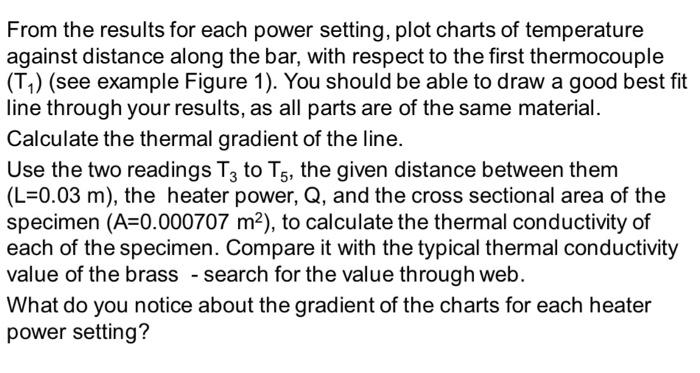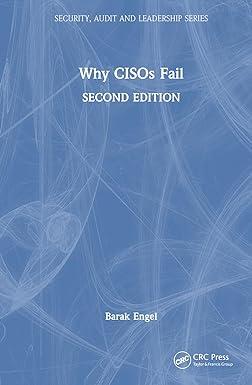Answered step by step
Verified Expert Solution
Question
1 Approved Answer
Fit the brass middle material, using the heat transfer paste (reminder All the heat source and the heater sink middle parts is constructed of the
Fit the brass middle material, using the heat transfer paste (reminder All the heat source and the heater sink middle parts is constructed of the same material which is brass).Open the water supply valve to start the water flowing. Switch on the heater and set to the desired Watt power.wait for the temperature to stabilize and then record T1 to T7.Repeat the test at one or more heater powers greater than 30 W.


If one repeat the procedure 1, without using the thermal paste in interchangeable middle section, can you explain how the less effective contact area (without the paste) affects the results? If one repeat the procedure 1, with low heater setting (for example 30 W) and with no cooling water flow, can you explain what you are expected to get?
Please answer all the questions
Step by Step Solution
There are 3 Steps involved in it
Step: 1

Get Instant Access to Expert-Tailored Solutions
See step-by-step solutions with expert insights and AI powered tools for academic success
Step: 2

Step: 3

Ace Your Homework with AI
Get the answers you need in no time with our AI-driven, step-by-step assistance
Get Started


